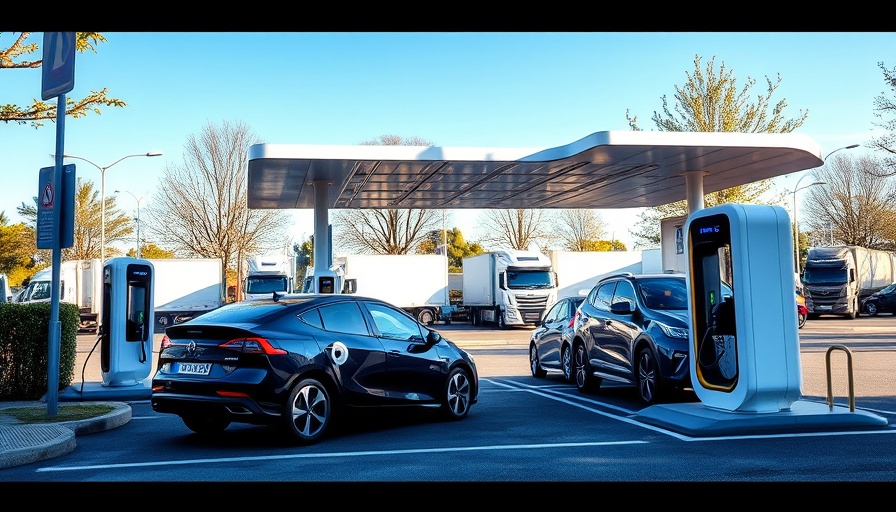
Why Winter Care for Pipes is Essential
As winter approaches, many homeowners prepare for the cold in various ways, but one of the most crucial preparations can often be overlooked: protecting your plumbing. Frozen and burst pipes can lead to devastating floods and costly repairs, not to mention the stress of dealing with the aftermath. This article aims to shed light on how to avoid plumbing disasters during winter.
The Hidden Dangers of Frozen Pipes
Understanding the reasons behind frozen pipes can be a game-changer for homeowners. Cold temperatures are a common culprits, but the location and insulation of pipes play a crucial role in determining whether they will freeze. It’s not uncommon for a nicely insulated house to have unheated areas, such as attics and basements, where temperatures can plummet without notice, causing pipes to freeze while others in the home remain intact.
9 Practical Tips to Prevent Frozen Pipes
With expert advice in hand, let’s explore nine actionable strategies to effectively prevent your pipes from freezing this winter:
- Insulate Vulnerable Pipes: Pipes in unheated areas or susceptible to outdoor temperature should be properly insulated. Remember to check areas like basements and crawl spaces.
- Drain Unused Lines: If you have pipes that won’t be used during the cold winter months, turn off their water supply and drain them. Make sure to disconnect any hoses to outdoor faucets to prevent residual water from freezing.
- Ensure Heat Circulation: Leave your cabinets open under sinks to allow warm air to circulate around the plumbing. It’s especially important for pipes on exterior walls.
- Let Water Drip: Running a small stream of water from faucets can help prevent freezing since moving water is less likely to freeze.
- Seal Cracks and Openings: Inspect homes for drafts and seal any gaps that could allow cold air to reach pipes.
- Maintain a Steady Thermostat Temperature: Keeping a consistent temperature in your home can impact pipe safety significantly. A slight increase in warmth can go a long way.
- Use a Space Heater: In extremely cold weather, placing a space heater near vulnerable pipes is a sound preventative measure.
- Be Mindful of the Garage: If you have attached garages, keep the overhead door closed and maintain heat circulation.
- Consult a Professional: For peace of mind, consider having a plumber conduct a winter inspection on your plumbing system.
The Consequences of Neglect
Ignoring these precautions can lead to costly consequences. According to the Insurance Information Institute, water damage is one of the most common disasters in homes. The clean-up from a burst pipe can range from minor to major renovations based on the severity of the damage. So, it makes sense to take preventive measures seriously.
Final Thoughts: A Little Preparation Goes a Long Way
Overall, taking the time to prevent frozen pipes this winter will not only save you money but also facilitate peace of mind. Don't wait until your pipes freeze to take action. Follow these tips to keep your home warm, cozy, and free from plumbing catastrophes this winter.
By ensuring your home is winter-ready, you'll embrace the season with confidence instead of worry. Being proactive with these strategies makes all the difference in maintaining a safe and warm home during the colder months.



Write A Comment